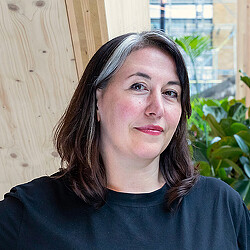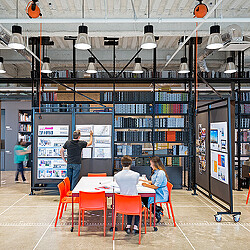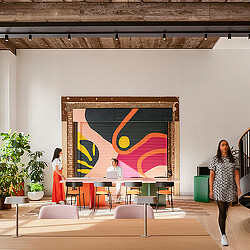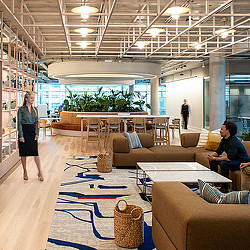When It Comes to Workplace Design, Beauty Drives Performance
Beauty plays a crucial role in driving workplace performance, going beyond aesthetics to shape functionality and impact the employee experience.

Editor’s note: This article was originally published in Mix Interiors.
At Gensler we have always taken pride in delivering workplaces that are rooted in a human-centric approach — spaces that provide a dynamic experience for employees. The world has changed rapidly over the past few years and as result, how we think about the workplace, productivity, and employee experience has also shifted. We have started to see that the workplace is no longer an obligation (nor should it be) but a destination that provides space for people to work and enables them to be the best versions of themselves. This is how the workplace of the future will grow and support the talent of the future.
Gensler has been researching the workplace for almost 20 years and, during this time, we have seen rapid changes to the strategies implemented for designing the workplaces of the future. Our most recent Global Workplace Survey reveals the various drivers needed to create a high-performing workplace, highlighting new ways to consider the spaces and places we design. These aren’t only focused on effective drivers such as lighting, meeting room space, etc., but also on drivers that influence the experience of employees in the space. I was fascinated that the data revealed that beauty played a crucial role in the success of a workplace.
As a designer, I enjoy being able to curate the space people experience and beauty often plays a key role in my work. I don’t intentionally set out to design a ‘beautiful’ space, but I do consider how the space will make people feel. In many instances, a traditionally ‘beautiful’ space has the power to evoke emotion in those experiencing it. As we as designers continue to refine our design practice to create workplaces that meet the needs of the next generation, I believe beauty will be a new driver that will impact how these spaces perform in decades to come.

Measuring Workplace Performance
In our latest Workplace Survey, we acknowledge that new performance metrics are required to design better workplaces. One of the key takeaways that the data reveals is that top performers work differently. They have better workplaces with better experiences with beauty playing a significant role. This can lead to users feeling more valued and more aligned with company values. They can feel more engaged and confident when in the space. This was seen across the globe in our data and allows me as a designer to design with conviction and envision more evocative and experience-rich spaces. Spaces that make users feel inspired and provide room to develop as professionals.
Ultimately, our research shows that having a well-designed workplace is no longer sufficient. As employees increasingly seek unique and enriching experiences in their work environments, merely having a space that is functional and efficient won't suffice in creating a highly desirable place to spend time in. To transform good workplaces into exceptional ones, designers must design for emotion by combining experiential elements with functional aspects.
Beauty as an Experience Driver
But what does designing for emotion entail, and what does beauty look like in the workplace? Beauty focuses on how a space looks and feels to its users – it can affect mood and has the power to elevate a workplace, encouraging feelings of warmth and providing room for innovative thinking. Beauty can be designed through the creation of an ecosystem of spaces that are fitted with a carefully curated colour palette, which features bespoke furniture and lighting, reflecting a brand’s mission and purpose. Beauty can also be incorporated by bringing aesthetics from other sectors such as hospitality into the workplace. As a result, many of the offices we now design are amenity-rich, hospitality-led spaces.

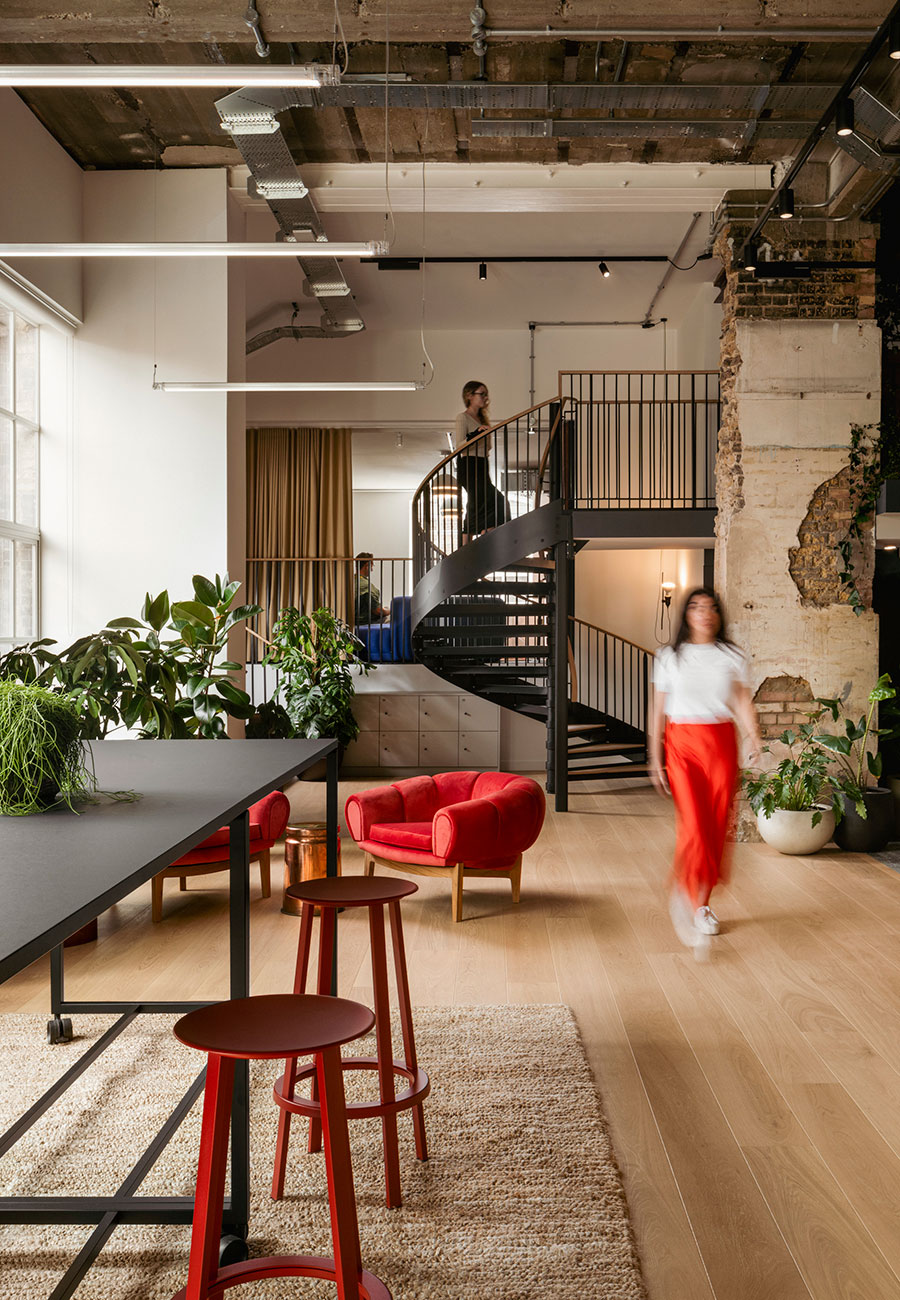
One recent example of the integration of beauty in design is our partnership with global communications firm, Edelman UK. We created an innovative design for their new London headquarters, Francis House, utilising a former 1900s warehouse to create a unique village concept as the business enters its next evolution. We retained as much of the original building as possible, incorporating exposed facades and adding a modern touch through the incorporation of high and low zones with a vibrant colour palette of reds, blues, and greens, complemented with biophilic touches and tailored furniture. The space also features 700 seats with 24 different seating typologies, offering a range of spaces for employees to connect, work, and recharge. To date, we have received positive feedback on the impact the space has had on productivity, and the client has seen an increase in the number of employees coming back to the office.
Beauty has a new role to play in driving workplace performance, going beyond mere aesthetics to become a fundamental element that shapes overall functionality and employee experience. This shift is geared towards creating environments that inspire, motivate, and contribute to well-being. As we look ahead, it is exciting to anticipate how beauty will increasingly integrate with other design principles, such as sustainability, to transform the workplaces of the future.
For media inquiries, email .
